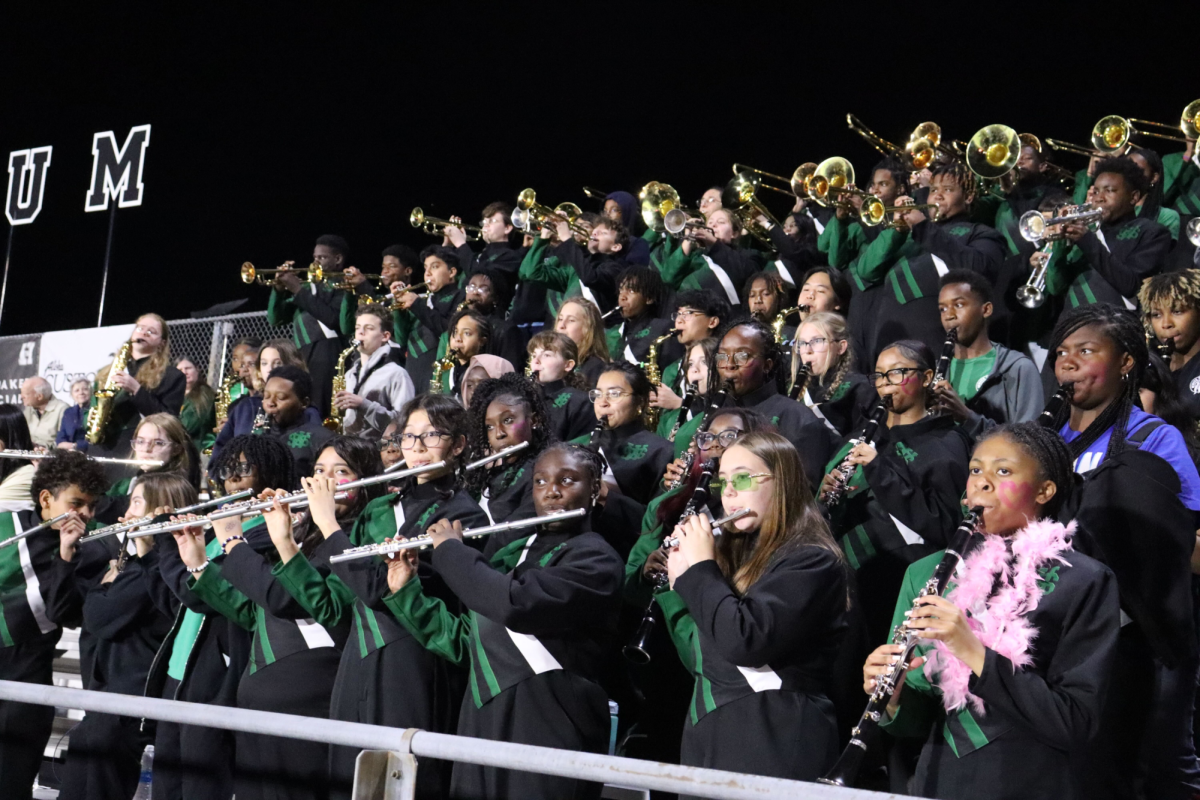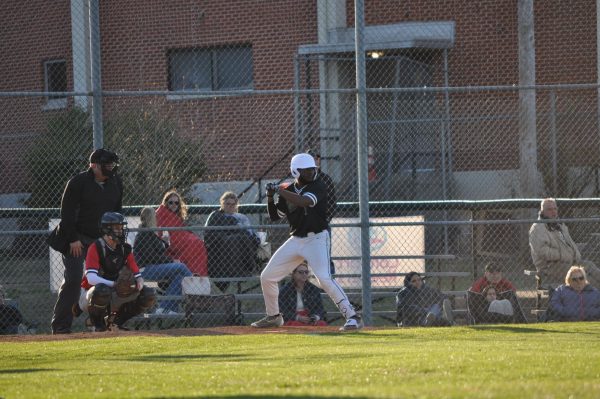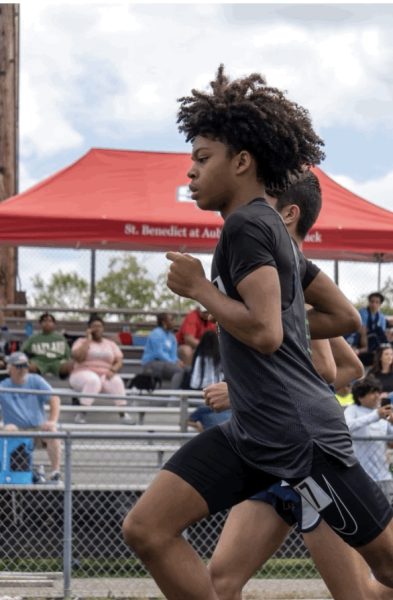Return of the Nutcracker engages Spartans
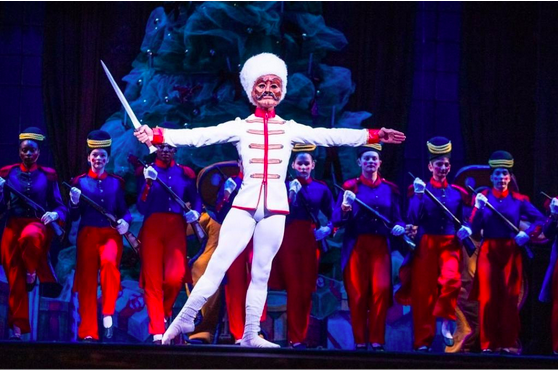
CHARLOTTE MILLER//USED WITH PERMISSION
The Nutcracker led his soldiers to battle against the Rat King and his entourage. He prepares for his most important moment in act one.
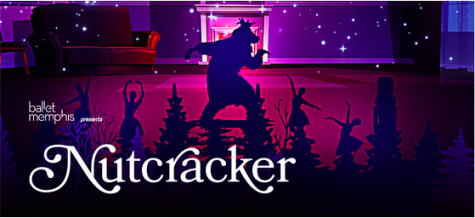
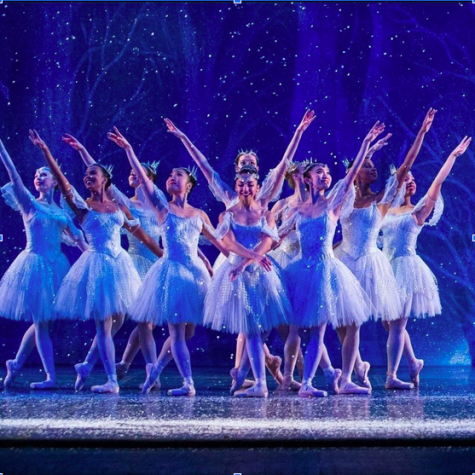
(CHARLOTTE MILLER//USED WITH PERMISSION)
The conductor motions to an oboe, who begins to play an A. The rest of the orchestra joins with a flourish before coming to an abrupt stop. With a lift of the baton, the curtains open and the music swells, revealing an empty stage. Two dancers emerge from backstage and set the tone for the rest of the jovial performance. Starting Dec. 17, Ballet Memphis continues their 33 year long tradition of performing The Nutcracker at the Orpheum Theatre alongside the Memphis Symphony. Composed of over 50 dancers of different abilities and age groups, The Nutcracker’s many scenes and roles require dancers to begin practice weeks in advance to ensure the best performance.
“The company and the ballet dancers at the school start rehearsals about six weeks before performances,” Charlotte Miller (11) said. “The students have rehearsals Wednesday and Saturday for about four weeks to learn their parts, and then we start dancing with the company members who rehearse in the mornings. And then for about a week before performances, we go to the Orpheum Theatre and we rehearse there, too.”
Each practice is around two hours long, and with only eight practices before the performance, not much time is allotted for each step of the choreography. However, with the help of teachers, motivation from other dancers and self-commitment, each ballerina masters their part to perfection.
“The ballet … can have as many people as you want it to,” Anika Bhatt (11) said. “I think in ours it may be like 50 to 70 people, probably in total, but then you also … consider … all the lighting and the staging, the choreographers and musicians and all of that, so that all adds up to a lot of people to put together.”
Dancers range from around nine years old to over 20 years old, and each part is tailored to their levels of ability. Whether dancers are a sugar plum fFairy or a soldier, emotion, artistry and expertise are required in order to captivate the audience through their dance.
“I’ve been doing it literally since fourth grade, since every year up until now except for the year we had COVID,” Bhatt said.
Although ballet is often considered an art form, dancers must possess physical prowess as they perform swift footwork, jumps and turns. As both an art and a sport, ballet requires discipline and practice in order to refine skill and elegance.
“Ballet specifically takes a lot of strength, especially in your legs and your feet, to first of all be able to keep going in class and for rehearsals, and also, specifically women have to go on pointe and that takes specific muscles,” Miller said.
Strength can take a measured effort to be able to master, but with the rest of the performance, more than just motivation is required. Developing the musicality and expression involved with dance comes naturally to some people, but for most, lots of technique must be learned to comprehend how the music fits with the dance.
“You could be the strongest, most flexible, best technique dancer in the entire world, but if it doesn’t show at all on your face, or … if it doesn’t really seem like you’re expressing yourself much it can be really boring to watch,” Bhatt said. “I’ll be dancing and then I’ll remember like I’m performing right now, not just like dancing.”
With practices after school and performances coinciding with semester exams, Miller and Bhatt strategically manage their time to prioritize both studying and dancing.
“Me and a few other students that go to Shelby County Schools that are in high school … have to take our midterms early and we have to study for midterms while rehearsing for the Nutcracker simultaneously, and it takes a lot of time management,” Miller said.
Although many hours of sleep and relaxation are lost devoting time to the balance of both school and ballet, the effort becomes worth it as the Nutcracker influences the dancers’ lives.
“I went to The Nutcracker every Christmas,” Miller said. “It was a family tradition and that’s how I fell in love with ballet. [I watched] the Nutcracker every year and watching the ballet methods specifically with all their shows … Then after watching them, I said I wanted to do ballet, and that’s how I got started.”
Your donation will support the student journalists of White Station High School. Your contribution will allow us to purchase equipment and cover our annual website hosting costs.










